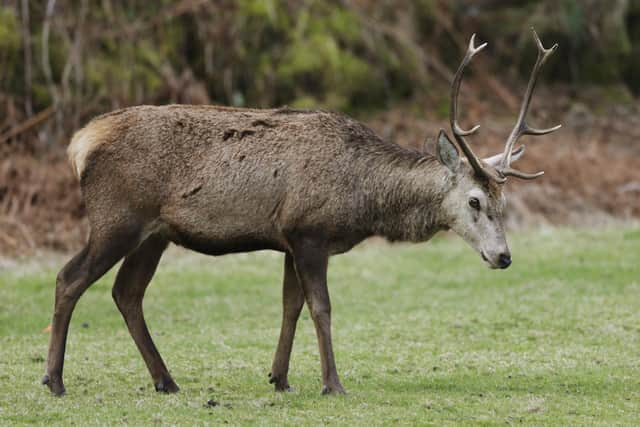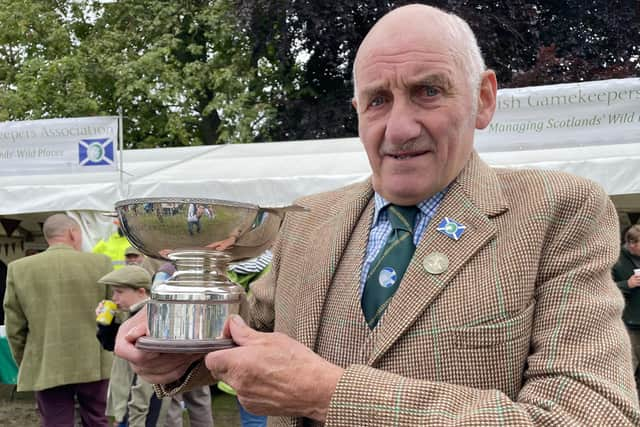Scotland deer management: Scottish Government policy will fail country's venison asset, says head stalker
A head stalker has claimed a fresh policy on deer culls puts Scotland at risk of wasting one of its “national assets”: venison production.
The Scottish Government announced earlier this year land managers will be able to cull deer “across a longer period of the year" which would mean abolishing the current closed season.
Advertisement
Hide AdAdvertisement
Hide AdAccording to a NatureScot report, some 50,000 more deer need to be killed per year to meet biodiversity targets. The Scottish Government said spiralling numbers are negatively affecting the land due to trampling and overgrazing.


The motive is to protect the millions of young trees being planted to regenerate some of Scotland’s forests.
Stags were previously only allowed to be shot between July 1 and October 20th.
But under the new policy, Peter Fraser, who has been a head stalker for more than 40 years, said male deer will be able to be shot all year round which would be “unworkable with there being no published central plan for maximising the final venison product.”
He said with culling being able to happen in the winter months, when deer are in their poorest condition due to the rutting season and, often, poor weather, the quality of the meat will drop, setting back efforts of recent years to champion Scottish wild venison as a premium product.


He said that farms and estates are already receiving very low prices for the carcasses produced for game dealers.
Speaking as he received the Ronnie Rose Award at the Moy County Fair, an award that recognises conservation efforts, he said: “I never thought I would ever see things go this way.
“As well as harrying male deer all year round, by doing away with the season, you are producing stags of the poorest quality.
Advertisement
Hide AdAdvertisement
Hide Ad"Where is the market for that? What happened to quality Scottish venison?
“Throughout my lifetime, respect has been lost for deer and it has come from the very top.”
He said throughout the game sector there is a feeling the Scottish Government has persistently placed demands for more deer to be killed without support being given to create markets for wild venison.
Prior to the recent legislative change, stags could only be shot outside of the season under authorisation from Government licensing body, NatureScot.
A Scottish Government spokesperson said the changes in regulation were recommended by its Deer Working Group.
The spokesperson added: “This year we have provided £20,000 to enable the Scottish Venison Association to assess the infrastructure and capacity of the Scottish venison processing resource, and £80,000 has been made available to projects that are developing new methods of chilling and processing.”
Comments
Want to join the conversation? Please or to comment on this article.
